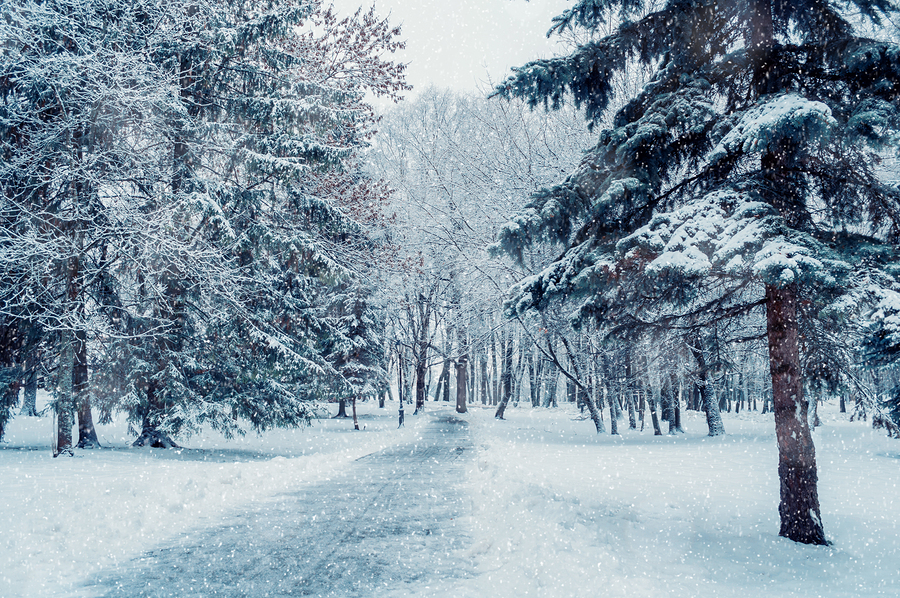(Editor’s Note: In many parts of the country summer is only technically over. But, winter is coming and according to this article, it’s going to be a cold one.)
Many people are huge fans of long, cold, winter months that are filled with snowy days and icy temperatures, while others find such weather to be positively devastating. No matter the case or your preference of winter weather, the 2018-2019 Farmer’s Almanac was just published recently and it’s safe to say that cold weather lovers are going to get the season of their dreams while warm weather lovers better stock up on hot chocolate, comfy coats, and window scrapers.
RELATED STORY:
How Does The Farmer’s Almanac Work?
According to the Farmer’s Almanac, “Our long-range forecasts can be used to make more informed decisions about future plans that depend on the weather, from vacations and weddings to sporting events and outdoor activities”. Long range weather forecasts are able to show a wide range of weather outcomes, such as deviations from normal temperatures and varying precipitation amounts.
All of this is based on “30-year rolling averages gathered by government meteorological agencies, specifically NOAA and Environment Canada. The averages from 1981 to 2010 are the latest available data; these numbers are updated every 10 years.” Solar science, climatology, and meteorology are all scientific disciplines used to help determine the weather outcomes. The Farmer’s Almanac predicts weather trends, change, and events by comparing solar patterns and weather conditions from history with the current solar activity.
RELATED STORY:
What Will 2018-2019 Winter Look Like?
According to the research gained this year, the almanac is predicting that our 2018 winter will be “Colder-than-normal from the Continental Divide east through the Appalachians” (2). Editor Peter Geiger went on to explain that, “Contrary to the stories storming the web, our time-tested, long-range formula is pointing toward a very long, cold, and snow-filled winter. We stand by our forecast and formula, which accurately predicted the many storms last winter, as well as this summer’s steamy, hot conditions.”
Predictions currently stand that snow is likely to begin in December and similar wintry conditions will greatly delay the onset of spring into the later days of March. Weathers in frigid conditions are expected during the middle of February, such that could possibly bring blustery and bitter winds, as well as widespread snow showers which will likely affect the zone of Virginia. It is currently a possibility that the middle of March will be stormy, ranging from one coast to another, with conditions including snow, sleet, and rain, as well as a good deal of gusty, strong winds in any of these areas.
RELATED STORY:
According to Geiger, “In particular, we are red-flagging March 20–23 for a potent East Coast storm that could deliver a wide variety of wintry precipitation just as we are making the transition from winter to spring. So, no matter what the groundhog says in February, you’ll know winter isn’t going anywhere anytime soon.”
Conclusion
While many of us are thrilled at the idea of a White Christmas and a snowsport-filled winter, many others are dreading the time to be spent in the cold and wet. Be sure to invest in a good coat this winter, as well as a good window scraper and perhaps a pair of waterproof boots (and warm, fuzzy socks could never hurt). Enjoy what’s left of your summer and fall, people, and look forward to an adventurous winter season!
*Article originally appeared at Healthy Holistic Living.












